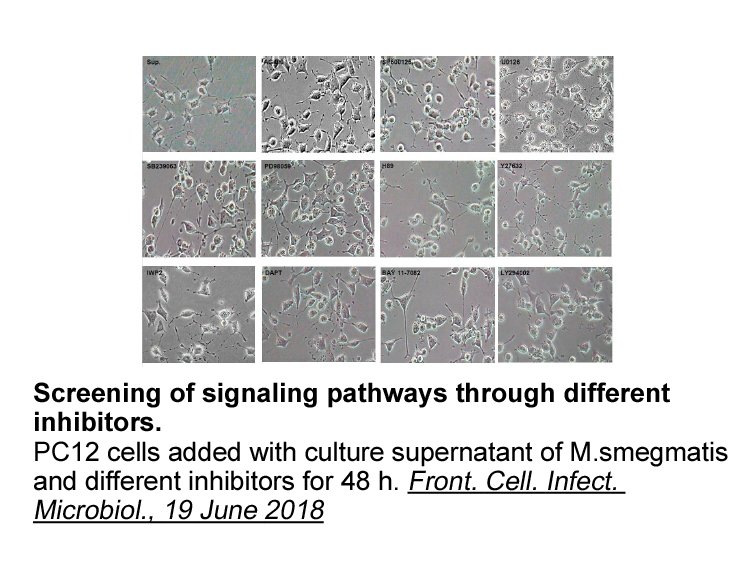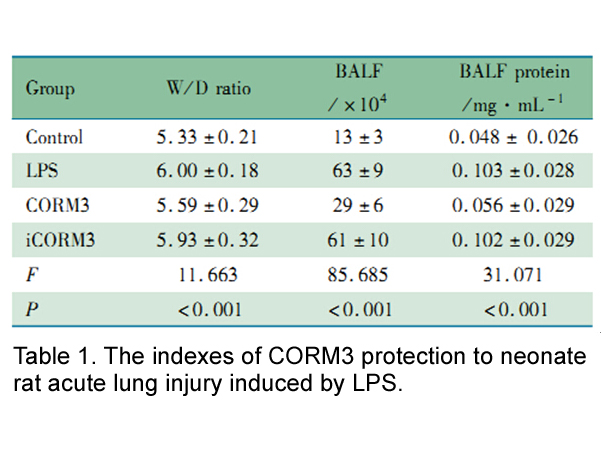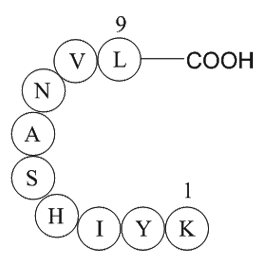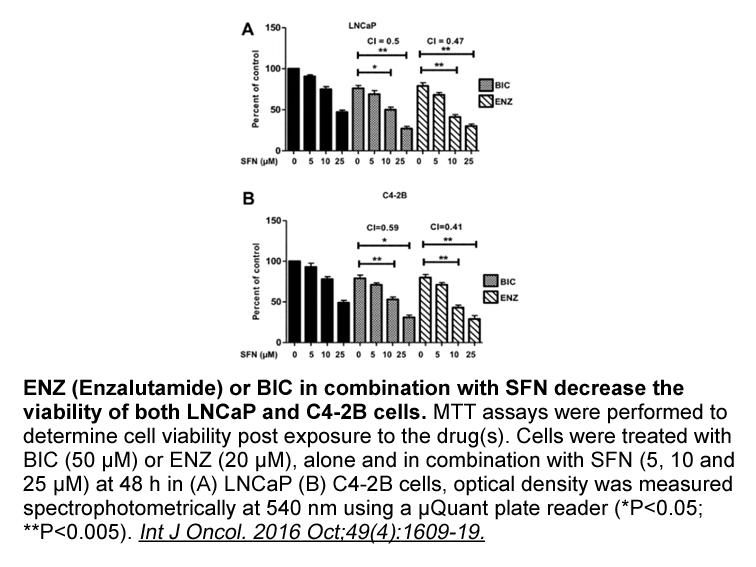Archives
- 2025-11
- 2025-10
- 2025-09
- 2025-03
- 2025-02
- 2025-01
- 2024-12
- 2024-11
- 2024-10
- 2024-09
- 2024-08
- 2024-07
- 2024-06
- 2024-05
- 2024-04
- 2024-03
- 2024-02
- 2024-01
- 2023-12
- 2023-11
- 2023-10
- 2023-09
- 2023-08
- 2023-07
- 2023-06
- 2023-05
- 2023-04
- 2023-03
- 2023-02
- 2023-01
- 2022-12
- 2022-11
- 2022-10
- 2022-09
- 2022-08
- 2022-07
- 2022-06
- 2022-05
- 2022-04
- 2022-03
- 2022-02
- 2022-01
- 2021-12
- 2021-11
- 2021-10
- 2021-09
- 2021-08
- 2021-07
- 2021-06
- 2021-05
- 2021-04
- 2021-03
- 2021-02
- 2021-01
- 2020-12
- 2020-11
- 2020-10
- 2020-09
- 2020-08
- 2020-07
- 2020-06
- 2020-05
- 2020-04
- 2020-03
- 2020-02
- 2020-01
- 2019-12
- 2019-11
- 2019-10
- 2019-09
- 2019-08
- 2019-07
- 2019-06
- 2019-05
- 2019-04
- 2018-11
- 2018-10
- 2018-07
-
Y-27632 Dihydrochloride: Unlocking Rho/ROCK Pathways for ...
2025-09-29
Explore how Y-27632 dihydrochloride, a potent and selective ROCK inhibitor, is revolutionizing the study of Rho/ROCK signaling in advanced neuro-epithelial co-culture systems. This in-depth analysis reveals unique applications in microfluidic gut models and highlights opportunities beyond conventional stem cell or cancer research.
-
Ferrostatin-1 (Fer-1): Mechanistic Insights and Emerging ...
2025-09-28
Explore the advanced mechanistic role of Ferrostatin-1 (Fer-1) as a selective ferroptosis inhibitor in cancer, neurodegeneration, and ischemic injury. This in-depth review presents unique scientific analysis and translational perspectives not found in standard guides.
-
Y-27632 Dihydrochloride: Advanced ROCK Inhibition in Dyna...
2025-09-27
Explore the multifaceted role of Y-27632 dihydrochloride, a selective ROCK inhibitor, in modulating intestinal stem cell (ISC) niche dynamics and tumor suppression. This in-depth analysis offers unique insights into Rho/ROCK pathway manipulation for regenerative medicine and cancer research.
-
Y-27632 Dihydrochloride: Unraveling ROCK Inhibition for I...
2025-09-26
Explore the advanced roles of Y-27632 dihydrochloride as a selective ROCK inhibitor in engineering intestinal stem cell (ISC) niches. This in-depth analysis reveals novel strategies for regenerative medicine and cancer research, setting it apart from conventional perspectives.
-
WY-14643 (Pirinixic Acid): Unraveling PPARα/γ Agonism and...
2025-09-25
Explore the advanced roles of WY-14643 (Pirinixic Acid), a selective PPARα agonist, in bridging lipid metabolism regulation and immunometabolic signaling. This article uncovers novel insights into dual PPARα/γ agonism, tumor microenvironment remodeling, and translational applications for metabolic disorder research.
-
Vardenafil HCl Trihydrate: Unveiling Proteoform-Specific ...
2025-09-24
Explore how Vardenafil HCl Trihydrate, a potent PDE5 inhibitor, enables proteoform-specific research in native cell signaling environments. This article uniquely examines its application in advanced membrane protein studies, surpassing standard cGMP pathway analyses.
-
Pseudo-modified Uridine Triphosphate: Mechanistic Insight...
2025-09-23
Explore the mechanistic roles of pseudo-modified uridine triphosphate (Pseudo-UTP) in mRNA synthesis, focusing on RNA stability enhancement, immunogenicity reduction, and translational efficiency. This article provides a detailed, research-driven perspective on Pseudo-UTP for in vitro transcription in mRNA vaccine development and gene therapy.
-
br Conflict of interest br Introduction Colorectal cancer CR
2025-03-03

Conflict of interest Introduction Colorectal cancer (CRC) is one of the major cause of tumor-related morbidity and mortality worldwide. Poor prognosis and consequences of its metastatic spread make CRC the second most common cause of cancer-related deaths in western countries [1]. Apart from o
-
There are some limitations and further
2025-03-03

There are some limitations and further experiments that are required. First, to our surprise, measurement of the cardiomyocyte cross-sectional area in Akt1−/−/iAkt2 KO mice showed comparable areas to WT mouse despite of reduced heart weight. In addition to measuring cardiomyocyte cross-sectional are
-
br AHR expression in cancer Perhaps the earliest
2025-03-03

AHR expression in cancer Perhaps the earliest indicator that the AHR might play an ongoing role in tumorigenesis, independent of its role in generating mutations, was the demonstration that non-genotoxic 2,3,7,8-tetrachlorodibenzo(p)dioxin (TCDD) is a carcinogen in animals and humans [7]. Althoug
-
Human testicular peritubular cells HTPCs are also the
2025-03-03

Human testicular peritubular pla2 inhibitor (HTPCs) are also the only human testicular cell type that can be isolated, cultured and studied in vitro (Albrecht et al., 2006, Mayerhofer, 2013). Results from recent studies indicate that their roles go beyond sperm transport and include immunological fu
-
Introduction Epinephrine is an endocrine hormone mainly
2025-03-03

Introduction Epinephrine is an endocrine hormone mainly produced by adrenal medulla in response to stress (Tank and Lee Wong, 2015). This catecholamine exerts various major physiological effects, concerning notably the cardiovascular system, the respiratory system and the endocrine system, through
-
br Transparency document br Introduction G
2025-03-03

Transparency document Introduction G protein-coupled receptors (GPCRs) comprise a diverse family of seven transmembrane domain-containing receptors represented by over 800 genes in humans. GPCRs respond to a range of stimuli, including peptides, hormones, growth factors, lipids, odorants, and
-
Obesity is defined as a body mass
2025-03-03

Obesity is defined as a body mass index (BMI) of 30kg/m2 or higher and is known to have a very close association with the risk of developing cancers (Hsueh and Deng, 2016). Several theories exist as to how this link is defined with respect to various cancers, one of which involves the effect of obes
-
Benzamil sale Since forskolin is known to act directly at th
2025-03-03

Since forskolin is known to act directly at the catalytic site of adenylate cyclases near the ATP binding (Tesmer et al., 1997), the synergistic and/or permissive effect of gonadotropins on FSK activity must occur at the level of AC itself or very near, at the level of one of its direct partner. The